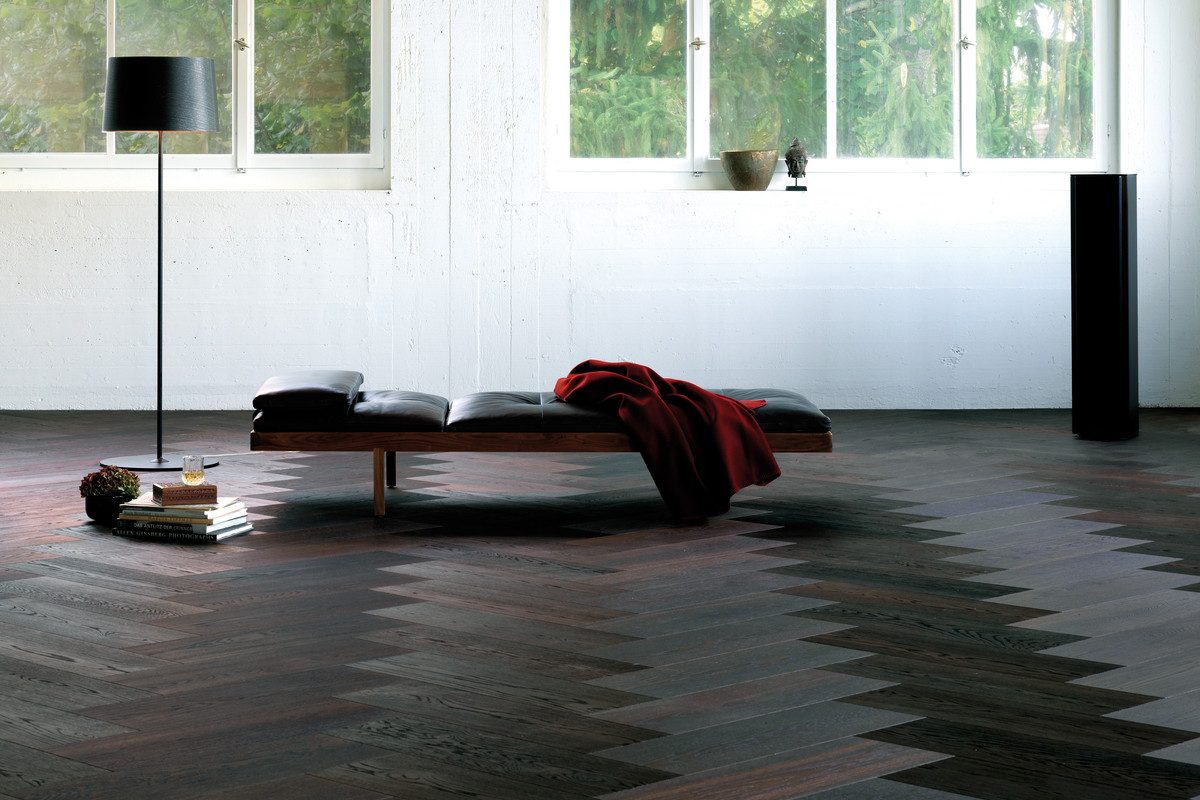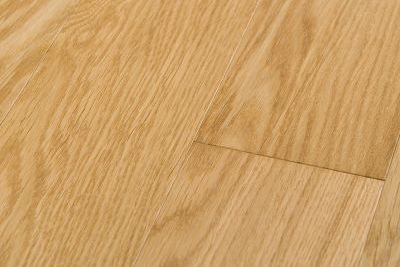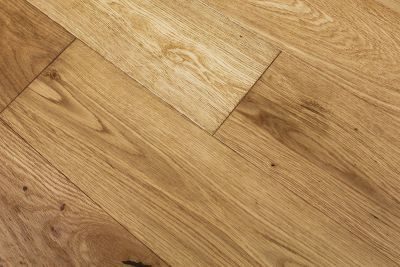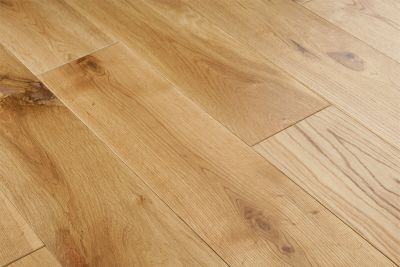
When it comes to hardwood flooring, oak is definitely one of the most popular species of wood. Are you also among those who got carried away by its stunning appeal, charm and beauty? It’s certainly been a good choice, but not the last one you’ll need to make. You’ll also have to decide on the grade of your oak flooring, no matter if you’ve went for a solid or engineered floor.
Grade determines the visual decorative aspects of the floor. It’s a popular belief that the choice of one grade instead of the other will determine the durability of the floor – but, we want to refute this myth. It’s not true, as the grade of wood only indicates how refined the wood is and emphasises its unique character. This makes it easier to choose the right floor to match the style of the interior and your preferences.
While durability depends on the quality of the flooring, its proper maintenance in accordance with the supplier’s rules and the suitability of the floor for the given property.
The grade presents such natural features of wood as sapwood, heartwood, knots or grain figure. The higher the grade is, the more refined the wood is and the less knots it has etc.
This has also influence on the price of the floor – the higher the grade, the more the given floor will cost. The choice of one grade over the other is a matter of personal preferences and can depend on interior design and, obviously, price-related considerations.
We differentiate between four major oak flooring grades. These include:
Prime Grade (aka AB Grade)
The highest, and thus the most expensive grade is prime grade. Characteristic for this grade is a small number of knots. Individual planks suit one another as regards their colour variation and hue. Therefore, it has a very uniform and elegant look, which it owes to the method in which the wood is cut. In comparison to other grades, in the case of prime grade, the wood is cut from the middle of the log. Therefore, prime grade oak flooring contains very little sapwood.

Select Grade (aka ABC Grade)
Going down from prime grade, the planks have a higher number of knots and are more diverse in terms of colour variation between individual floorboards. But, when we’re talking about select grade, it’s still quite uniform wood with delicately accentuated knots (up to 20 mm) and occasional sapwood.
Natural Grade (aka ABCD Grade)
This and the lower grades have more vivid hue variations between individual floorboards and more pronounced knots (30 mm). However, this oak wood flooring grade enjoys great popularity among homeowners as it’s quite affordable, and insignificant colour variations make the floor really unique. That is the effect that some customers wish to achieve.

Rustic Grade (aka CD Grade)
This grade is often called country or rural look. This type of flooring has clearly marked knots (35 mm) and significant variations between the floorboards in terms of their colour. As the lowest grade, rustic is the cheapest grade of all oak grades and thus the most popular one. Clearly visible large knots and large differences in colour between the floorboards make the rustic grade more affordable, but at the same time very unique and distinct in character.

All in all, oak is a safe bet, it’s a choice that guarantees long-lasting beauty and high durability of your flooring. And the decision to pick one grade over the other depends on your subjective preferences and the overall interior design idea you’ve decided to pursue.
| Mon-Fri | 8:00AM – 5:00PM |
| Saturday | 10:00AM – 4:00PM |
| Sunday | 11:00AM – 3:00PM |





.svg)
.svg)